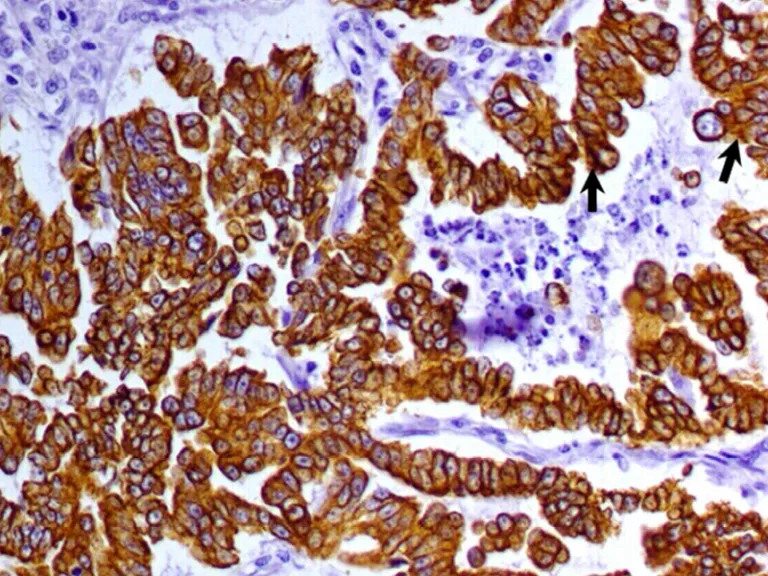Histopathological pattern recognition of cresty neck in horses in Spain
DOI:
https://doi.org/10.24070/bjvp.1983-0246.v10i1p22-26Keywords:
biopsy, cresty neck, histopathology, horsesAbstract
The aim of this study was to describe patterns of histopathological recognition of the cresty neck in Horses in Spain. A total of 250 horses were studied in Andalusia and Extremadura, Spain. Seventy-six percent of horses present cresty neck. The damage of the cresty neck in horses was categorized as Grade 0 - Muscle fibers are observed, no fat vacuoles are observed (24% of the horses). Grade 1 – Scarce adipose deposit was observed. An unaltered muscle tissue is observed (21% of the horses). Grade 2 - fat vacuoles are evident in muscle tissue intermyofibrillar space and prone to coalescence (23% of the horses). Grade 3 - Abundant fat vacuoles in the intermyofibrillar space, with tendency to coalesce, and low fat infiltration in muscle tissue (moderate lipomatosis) (16% of the horses). Grade 4 - Abundant fat vacuoles in the intermyofibrillar space, with tendency to coalesce, and fatty infiltration in muscle tissue (marked lipomatosis) (8% of the horses). Grade 5 - Only fat vacuoles are observed, without muscle tissue (severe lipomatosis) (8% of the horses). The results for desmin antibody (1: 100 dilution) was positive (++) in grades 0-2, and negative (-) in grades 3-5. These results suggest that as fat/lipomatosis infiltration increases (progresses in grades 3, 4 and 5), the intercellular space (intermyofibrillar) increases and therefore the cell cytoskeleton is lost, with loss of the bands Z, so the negative response to this antibody. In conclusion, we describe histopathological pattern recognition of cresty neck in horses in Spain.


